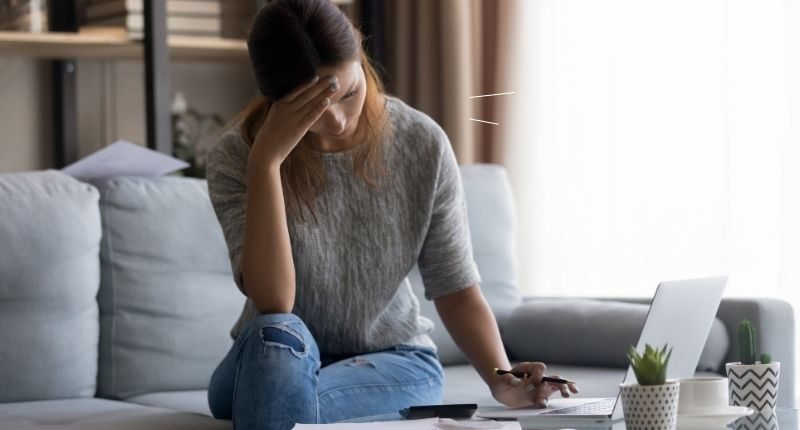
- Decline will continue unless household incomes increase
- Proportion of income to meet loan repayments has increased from 27.2% to 35.7%
- Rental affordability has declined marginally from 22.1% to 23%
Housing affordability has been falling over the past two decades and will continue to do so if household income does not increase, a new report has concluded.
The Real Estate Institute of Australia (REIA)’s Housing Affordability Report: the past 20 years shows that since the start of this century, the weighted proportion of income required to meet loan repayments on average has increased from 27.2% to 35.7%.
Adrian Kelly, REIA President, said while housing affordability has been declining, it was least affordable back in September 2008 where a staggering 45.8% of income was required to service a loan. However, with property prices still climbing, he expects this to become a greater issue in the future.
“Go back two decades to March 2002, Australia was at its most affordable at 26.8% of family income required to meet repayments,” he said.
Tasmania has had the largest decrease in housing affordability at 12.7%. By contrast, WA had the smallest decline in housing affordability at 2.1%.
Mr Kelly noted that in September 2002 there were 25,782 first home buyers while in June 2021 this figure was 43,226. June 2009 saw 50,098 enter the market, the highest during the 20-year period and 48.2% of all new loans.
March 2004 saw the lowest number of entrants at around 17,250.
The average loan for first home buyers has increased from $169,789 to $450,467 – a staggering 165.3%. Tasmania has average loans for first home buyers rise more than thrice – 303%. The ACT has had the lowest increase of 145.8%.
Mr Kelly noted that the cash rate target, which is currently 0.1%, was 5% in June 2001. To put this into perspective, the rate was 17.5% in 1990, and the highest it has been during the past decade was 7.3% during mid-2008.
Rental affordability, not so bad
By comparison, rental affordability declined marginally from 22.1% to 23%. Rental affordability peaked in December 2004 at 21.1% and east affordable in march 2010 at 26.3%. Tasmania had the largest decline at 9% while Queensland and Victoria bucked the trend with rental affordability improving in both states.
In summary, Mr Kelly is concerned about the situation deteriorating further.
“If policy settings fail to change and without a boost to household disposable incomes through, for example, tax concessions for first home buyers, affordability is likely to get worse as interest rates rise,” concluded Mr Kelly.







